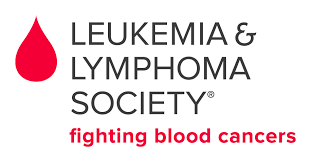For most patients, ALL treatment side effects are temporary and go away once therapy ends. For other patients, side effects can be severe, sometimes requiring hospitalization.
Before you start treatment, talk with your doctor about potential side effects. Drugs and other therapies can prevent or manage many side effects. Many treatment side effects go away or become less noticeable over time.
Chemotherapy drugs kill cancer cells, but they can also damage normal cells. The lining of the mouth, throat, stomach and intestines are particularly vulnerable to damage.
The side effects that you may experience depend on the intensity of the chemo, the drugs used and your overall health and whether you have any chronic health conditions like diabetes or kidney disease.
Side effects common to ALL and its treatment, especially chemotherapy and stem cell transplantation, include:
- Low blood cell counts
- Infection
- Graft versus host disease (may occur with allogeneic stem cell transplantation)
- Kidney stones
Other common side effects include:
- Anemia
- Mouth sores
- Diarrhea
- Hair loss
- Rashes
- Nausea and vomiting
- Fatigue
- Loss of appetite
Long-Term and Late Effects of Treatment
For some patients, side effects may last well after they finish treatment. Treatment results and outcomes vary among patients. Newer treatment therapies, progress in stem cell transplantation, better supportive care and studies of new drugs in clinical trials are all contributing to improved outcomes and quality of life for people diagnosed with blood cancers.
To learn more, visit The Leukemia and Lymphoma Society.
 Content provided by:
Content provided by: